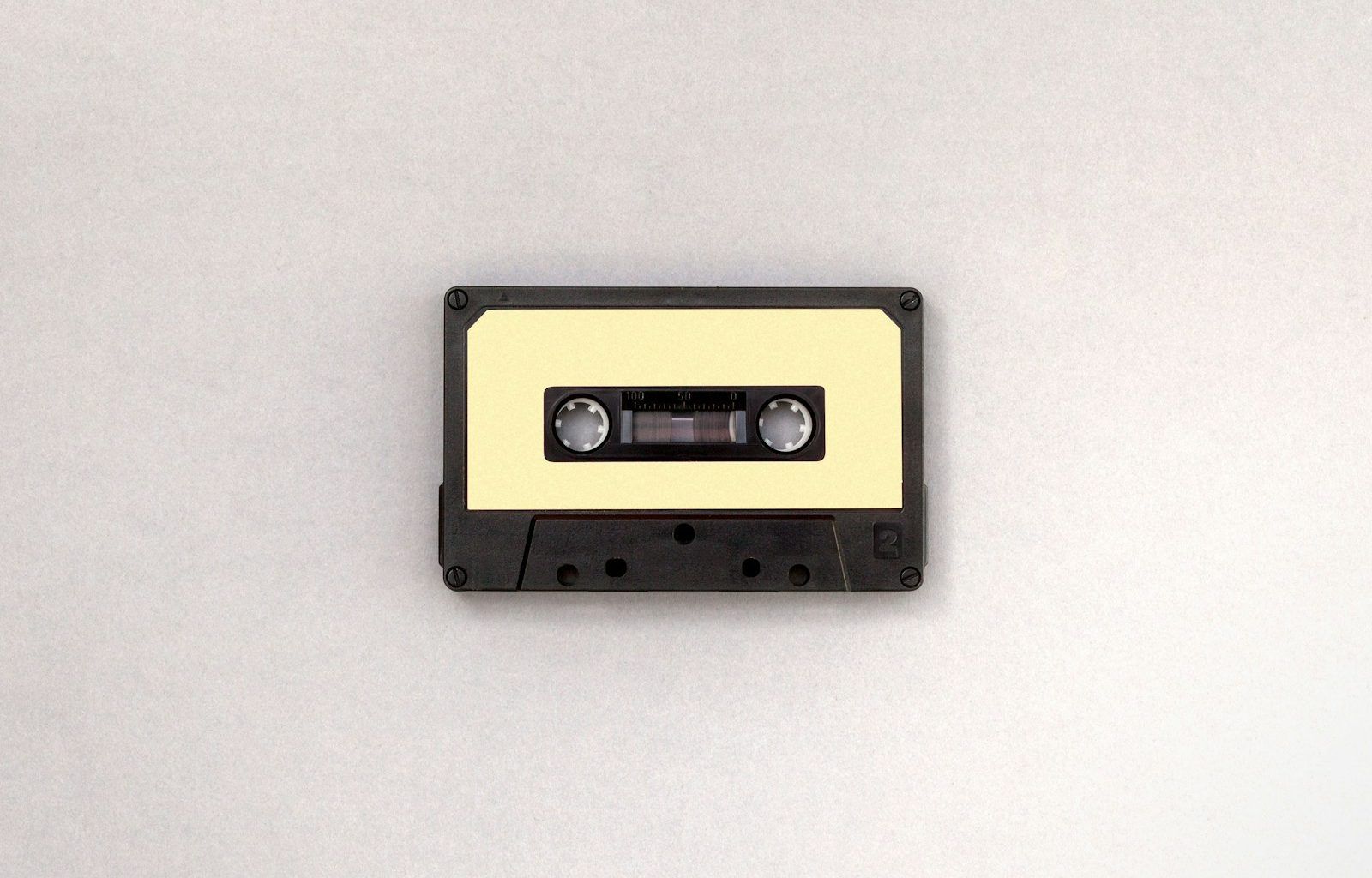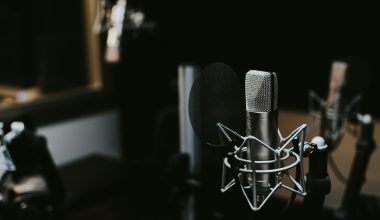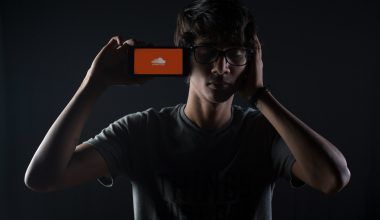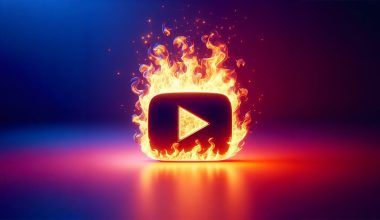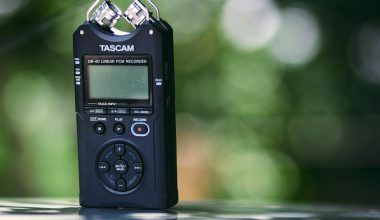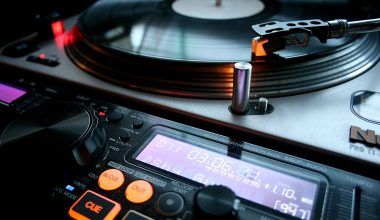Music has always been a powerful part of human culture. We sing songs to celebrate, mourn, entertain, and express ourselves. But have you ever wondered about the ownership of music? At what point does music become something that everyone can freely use? when does music become public domain This question leads us to the concept of the public domain.
In this blog, we’ll explore what it means for music to enter the public domain, how the process works, and why it matters. We’ll keep the language simple and focus on making these ideas easy to understand. So, let’s dive in!
What Is the Public Domain?
The public domain is like a treasure chest of creative works that anyone can use without asking for permission. This includes books, art, movies, and, of course, music. When a song enters the public domain, you can play it, perform it, remix it, or use it in your own projects without worrying about copyright laws.
But here’s the catch: not all music is in the public domain. Many songs are still protected by copyright, which means you need the owner’s permission to use them in most cases. So, how do we know when a piece of music becomes public domain?
Understanding Copyright
To understand when music becomes public domain, we first need to understand copyright. Copyright is a legal protection that gives the creator of a work exclusive rights to use and distribute it. This protection lasts for a specific period, after which the work enters the public domain.
Copyright laws vary by country, so the rules about when music becomes public domain can differ. For example, in the United States, the general rule is that music published before 1924 is in the public’s domain. For works published after 1924, it gets more complicated, as copyright duration depends on various factors like publication date and whether the copyright was renewed.
How Long Does Copyright Last?
In many countries, copyright lasts for the life of the creator plus a certain number of years. In the United States and the European Union, this period is typically the creator’s lifetime plus 70 years. This means that if a musician passed away in 1950, their work could enter the public domain around 2020.
However, this rule applies to original compositions, not sound recordings. For sound recordings, the rules can differ. In the United States, sound recordings made before 1923 entered the public domain in 2022. This is due to specific laws that govern recorded music separately from written compositions.
Why Do Copyright Laws Exist?
Copyright laws are designed to protect creators and encourage innovation. By giving musicians and composers exclusive rights to their work, these laws provide an incentive to create. Musicians can earn money by licensing their music, selling it, or performing it, knowing that their work is legally protected.
However, there’s also a need to balance these rights with the public’s access to creative works. That’s why copyright doesn’t last forever. Once it expires, the work becomes public domain, allowing anyone to enjoy, share, and build upon it.
What Happens When Music Enters the Public Domain?
When music enters the public’s domain, it’s like opening a door to endless possibilities. People can freely use the music for personal or commercial purposes without worrying about copyright infringement. This means you can:
- Perform the music in public
- Use it in movies, advertisements, or video games
- Create remixes or new versions
- Share it online or include it in your projects
The public domain benefits artists, educators, and businesses alike. For example, a filmmaker can use public domain music to create a soundtrack without paying licensing fees. Teachers can include public domain songs in their lessons, and musicians can experiment with old tunes to create something fresh.
Examples of Public Domain Music
Many classic songs are already in the public domain. These include folk songs, traditional ballads, and early classical compositions. Think of works by composers like Bach, Beethoven, and Mozart. Since these musicians lived centuries ago, their music is free for everyone to use.
In contrast, more recent songs might still be under copyright. For example, if you want to use a jazz tune from the 1930s or a rock song from the 1960s, you’ll need to check its copyright status.
How to Check if Music Is in the Public Domain
If you’re unsure whether a piece of music is in the public’s domain, there are a few ways to check:
- Look up the publication date: If the music was published before 1924, it’s likely in the public domain in the United States.
- Use online databases: Websites like the Public Domain Information Project or IMSLP (International Music Score Library Project) can help you find public domain music.
- Consult a copyright expert: If you’re working on a big project, it might be worth seeking legal advice to ensure you’re on the right track.
Why Does the Public Domain Matter?
The public domain is more than just a legal concept—it’s a cultural resource. By allowing creative works to be freely shared and reused, the public domain helps preserve our artistic heritage. It also inspires new creations. Many modern musicians and filmmakers draw on public domain works to create something entirely new.
For example, Disney’s animated movies often adapt stories and music from the public domain, like “Cinderella” and “The Nutcracker.” Without access to these works, many beloved films and songs might never have existed.
Challenges with Copyright and Public Domain
While the public domain offers many benefits, it also comes with challenges. For one, determining whether a work is truly in the public domain can be tricky. Copyright laws are complex, and the rules can change over time.
Additionally, some works that seem like they should be in the public domain might not be. For example, a song written in the 1800s could have a modern arrangement or recording that’s still under copyright. In these cases, you’d need permission to use the newer version, even if the original composition is public domain.
How to Use Public Domain Music Responsibly
Using public’ss domain music comes with great freedom, but it’s important to do so responsibly. Here are some tips:
- Verify the status: Double-check that the music you want to use is truly in the public domain.
- Credit the source: While not legally required, it’s good practice to acknowledge the original creator.
- Respect other rights: Even if the music is public domain, make sure your use doesn’t violate trademarks or other laws.
The Future of Public Domain Music
Every year, new works enter the public domain as copyrights expire. This gradual expansion means that more music becomes accessible to everyone. As we move forward, the public domain will continue to play a vital role in fostering creativity and preserving our shared cultural heritage.
For creators, understanding when music becomes public domain is a valuable tool. It opens up opportunities to explore and innovate without worrying about legal restrictions. So, whether you’re a musician, filmmaker, or just someone who loves music, the public domain is worth celebrating.
For further reading, explore these related articles:
- The Best Duets to Sing: Songs That Bring People Together
- Exploring Drake Nonstop Lyrics: What Makes This Song So Addictive?
For additional resources on music marketing and distribution, visit DMT Records Pvt. Ltd..
